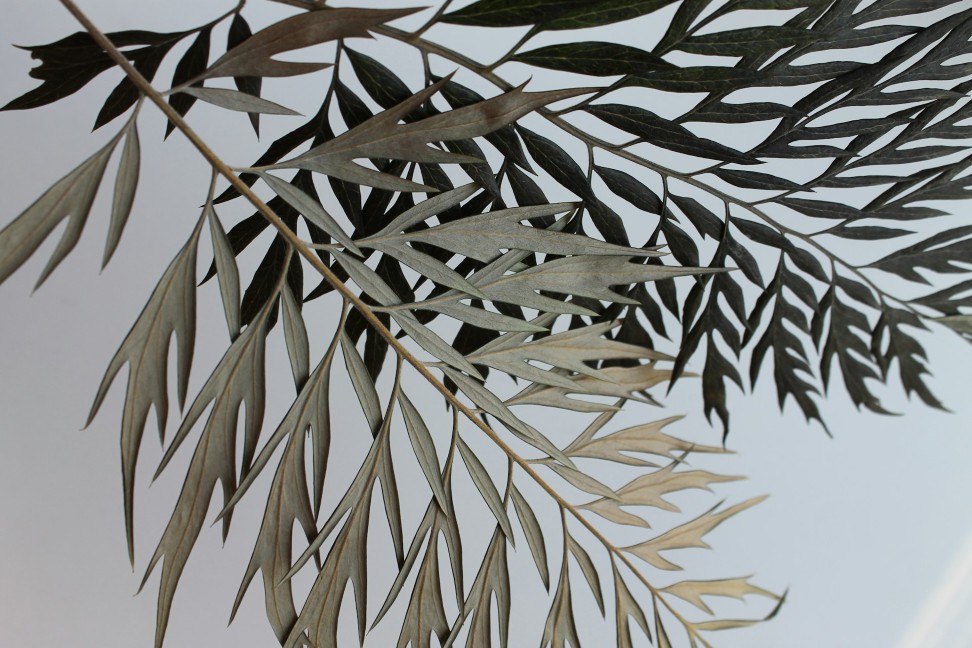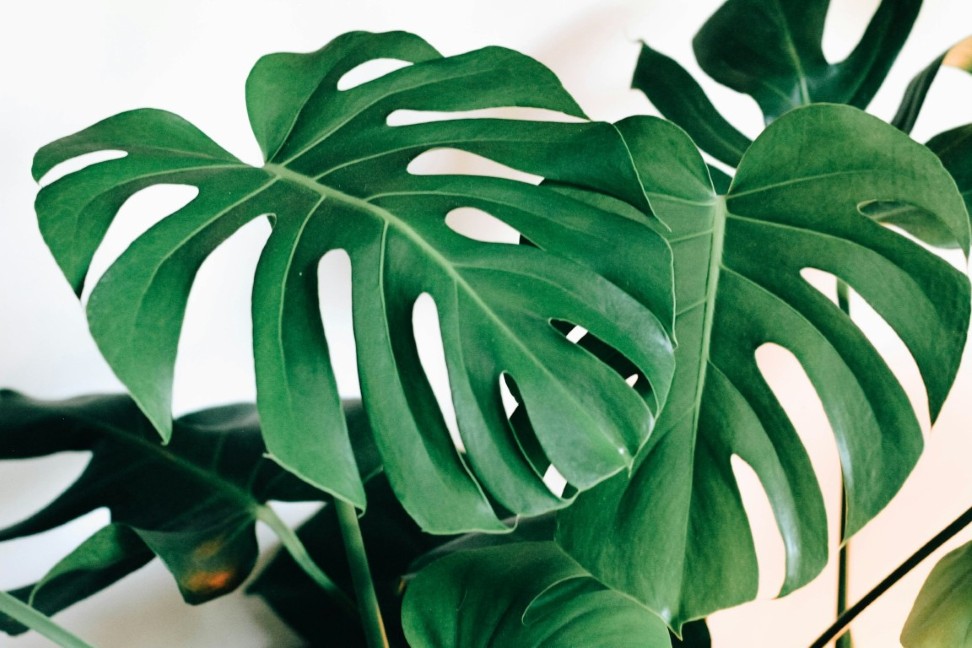The Art and Science of Brewing the Perfect Cup of Pu’erh Tea
Pu’erh tea, derived from the Camellia sinensis plant, is a unique and highly sought-after type of tea that is beloved by tea enthusiasts worldwide. It originated in the Yunnan province of China and has a rich history dating back thousands of years. Pu’erh tea is known for its distinct flavor, earthy aroma, and potential health benefits. Brewing the perfect cup of pu’erh tea is both an art and a science, requiring careful attention to detail and an understanding of the tea’s characteristics.
To begin the brewing process, it is important to select high-quality pu’erh tea leaves. There are two main types of pu’erh tea: raw (sheng) and ripe (shou). Raw pu’erh tea is aged naturally over time, whereas ripe pu’erh tea undergoes a fermentation process. Both types have their own unique flavors and brewing methods. Regardless of the type, it is crucial to choose pu’erh tea from reputable sources to ensure its authenticity and purity.
Water quality is equally important when brewing pu’erh tea. Using filtered or spring water is recommended to avoid any impurities or chemicals that might alter the taste of the tea. The water temperature should be around 195-205°F (90-96°C) for raw pu’erh tea, and slightly lower at 190-200°F (88-93°C) for ripe pu’erh tea. Preheating the teaware also helps maintain the water temperature during brewing.
The ratio of tea leaves to water is another crucial factor in brewing the perfect cup of pu’erh tea. General guidelines suggest using approximately one teaspoon of pu’erh tea leaves per eight ounces of water. However, experimentation is key to finding the desired strength and flavor profile. Adjusting the amount of tea leaves and steeping time will produce variations in taste, allowing tea lovers to customize their experience.
When steeping pu’erh tea, the first infusion is typically a quick rinse to awaken the leaves and remove any dust or impurities. This step is not required but improves the overall quality of the brew. Subsequent infusions should last anywhere between 30 seconds to two minutes, depending on personal preference. It is worth noting that the flavors of pu’erh tea evolve with each infusion, often becoming smoother and more complex.
Another aspect to consider is the teaware used for brewing pu’erh tea. Traditional Yixing clay teapots, gaiwans, or porcelain teapots are commonly chosen for their ability to enhance the flavors of pu’erh tea. The porous nature of Yixing clay helps develop the tea’s taste over time, while gaiwans allow for easy observation of the tea leaves. Each vessel contributes to the overall sensory experience and appreciation of pu’erh tea.
In conclusion, brewing the perfect cup of pu’erh tea requires a balance between art and science. It entails selecting high-quality tea leaves, using filtered water at the appropriate temperature, finding the right tea-to-water ratio, and experimenting with steeping times. The choice of teaware also plays a significant role in elevating the pu’erh tea experience. By understanding these elements and refining one’s brewing technique, tea enthusiasts can unlock the true potential of pu’erh tea and savor its remarkable flavors and aromas.
Publisher Details:
Ketlee Teas and Teaware India
https://www.ketlee.store/
Don’t just pour, elevate your tea game with Ketlee! Experience a world of exquisite teas from lush green estates that will transform your sips into extraordinary moments. Embark on a tea journey like no other—explore the eclectic assortment, indulge in the rich aromas, and discover the craftsmanship that makes every cup truly special. Ketlee, where tea enthusiasts find their perfect steep.
For me information on puerh-tea contact us anytime.









